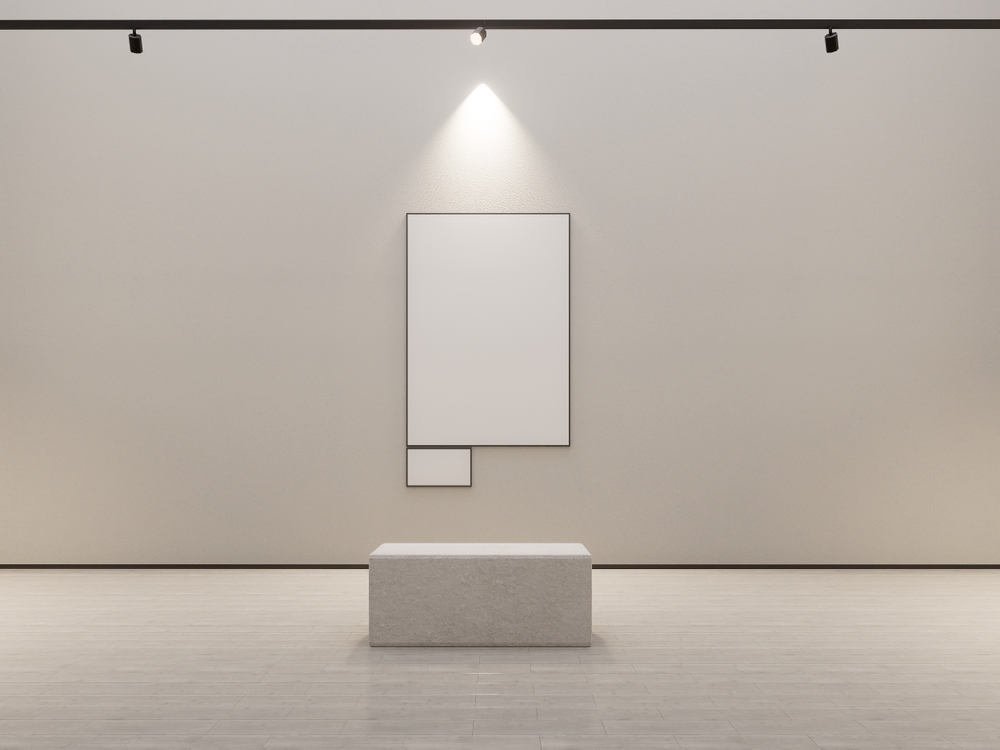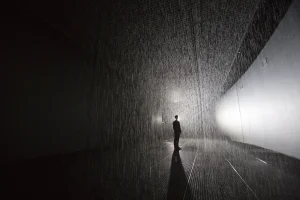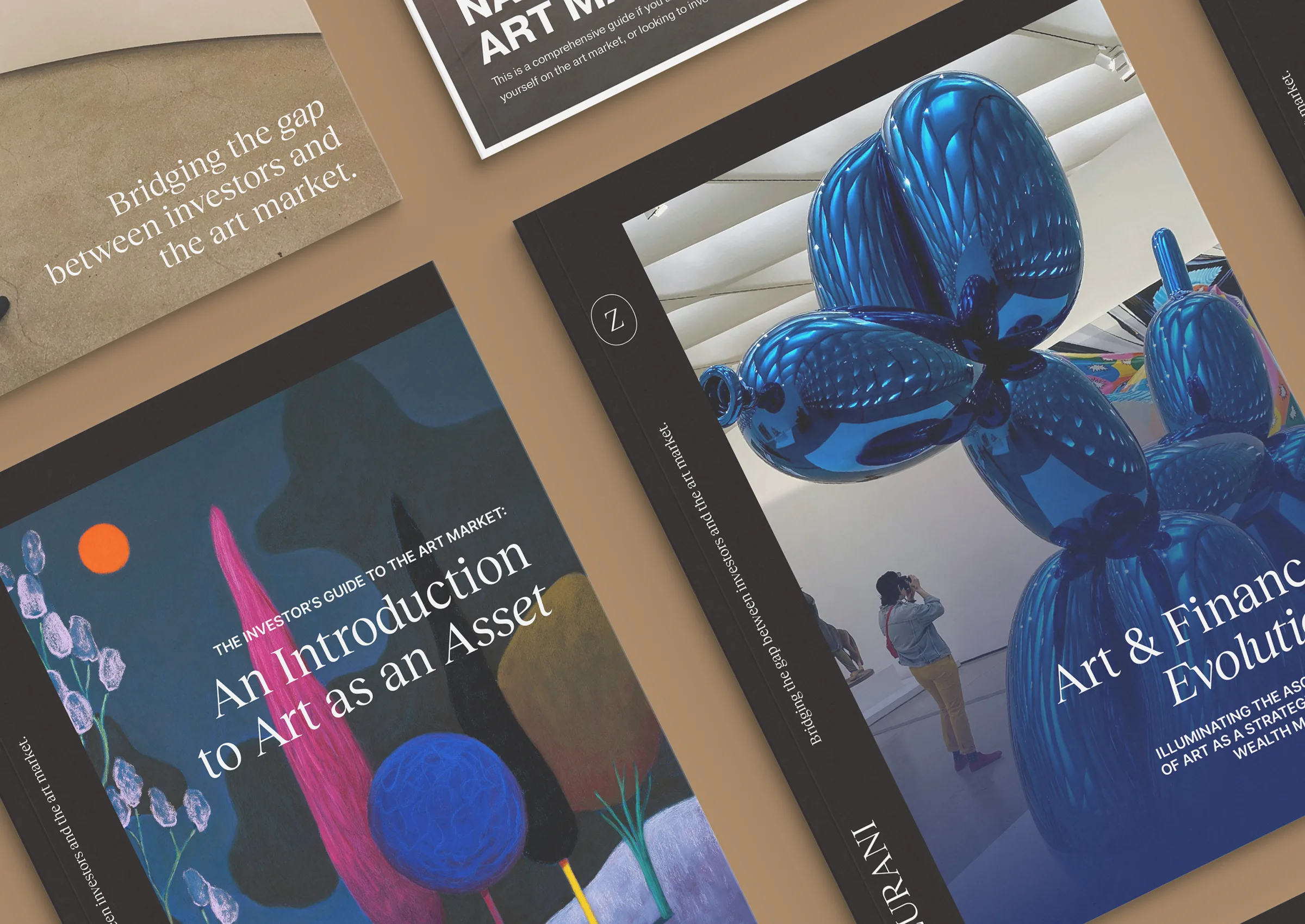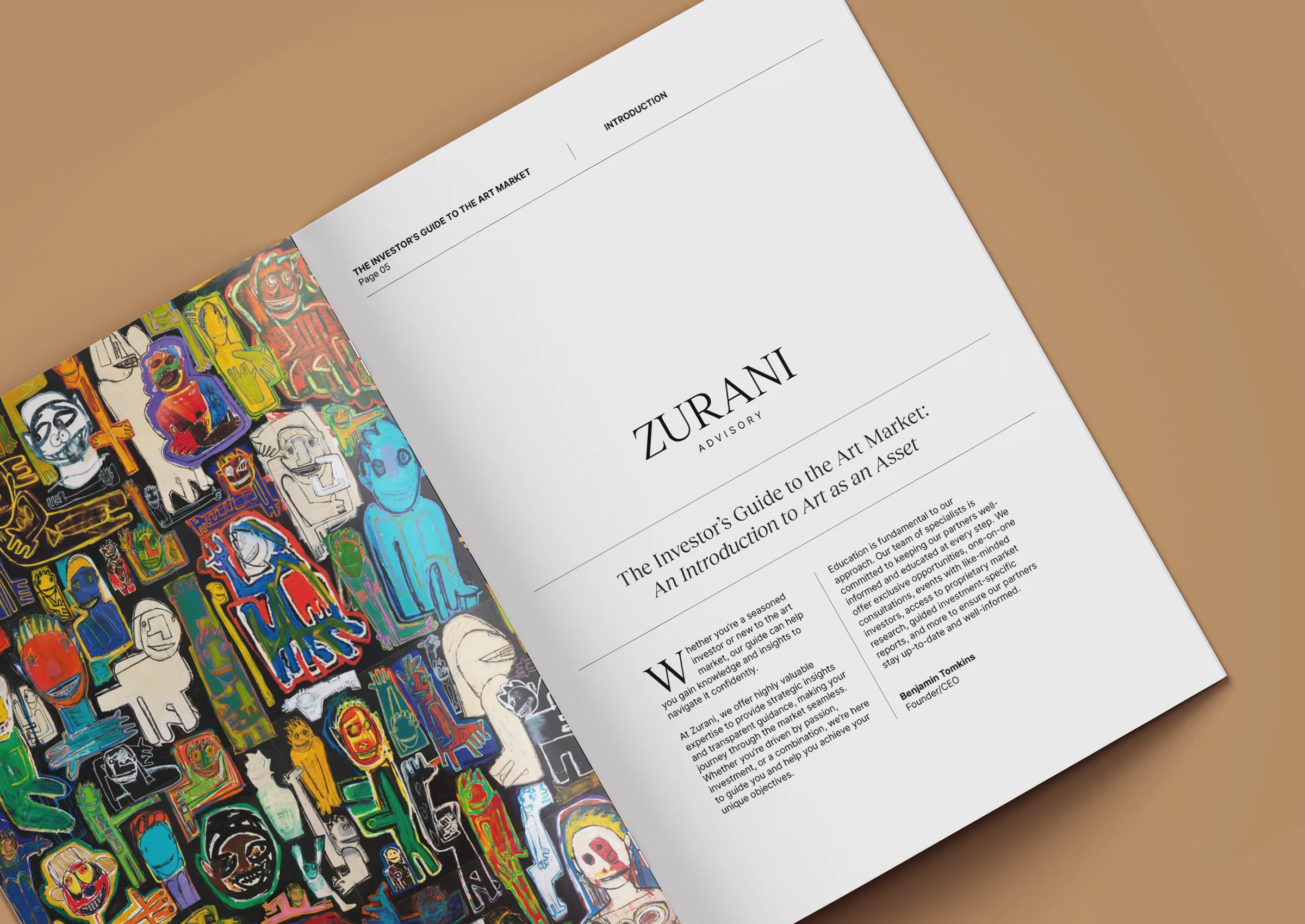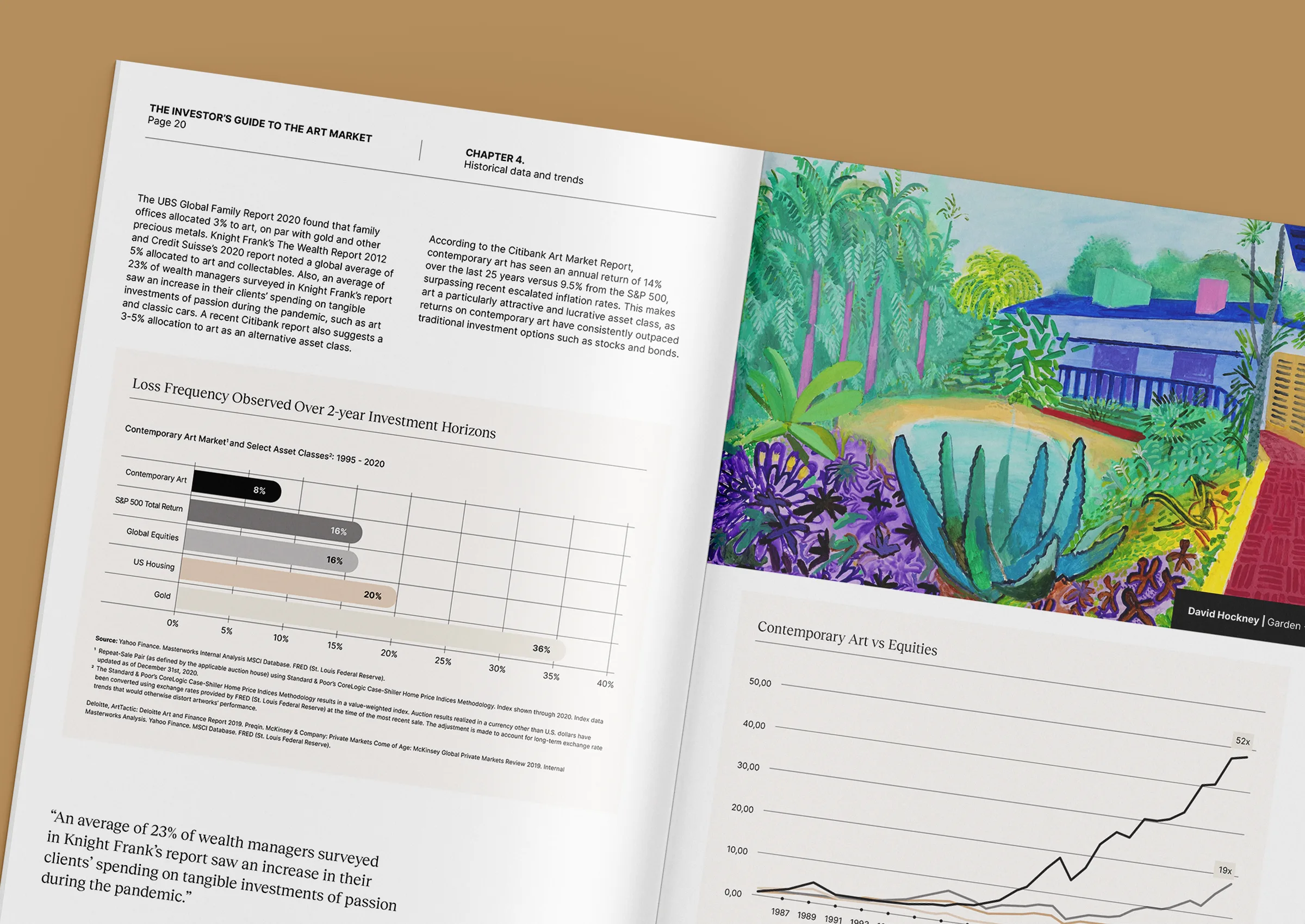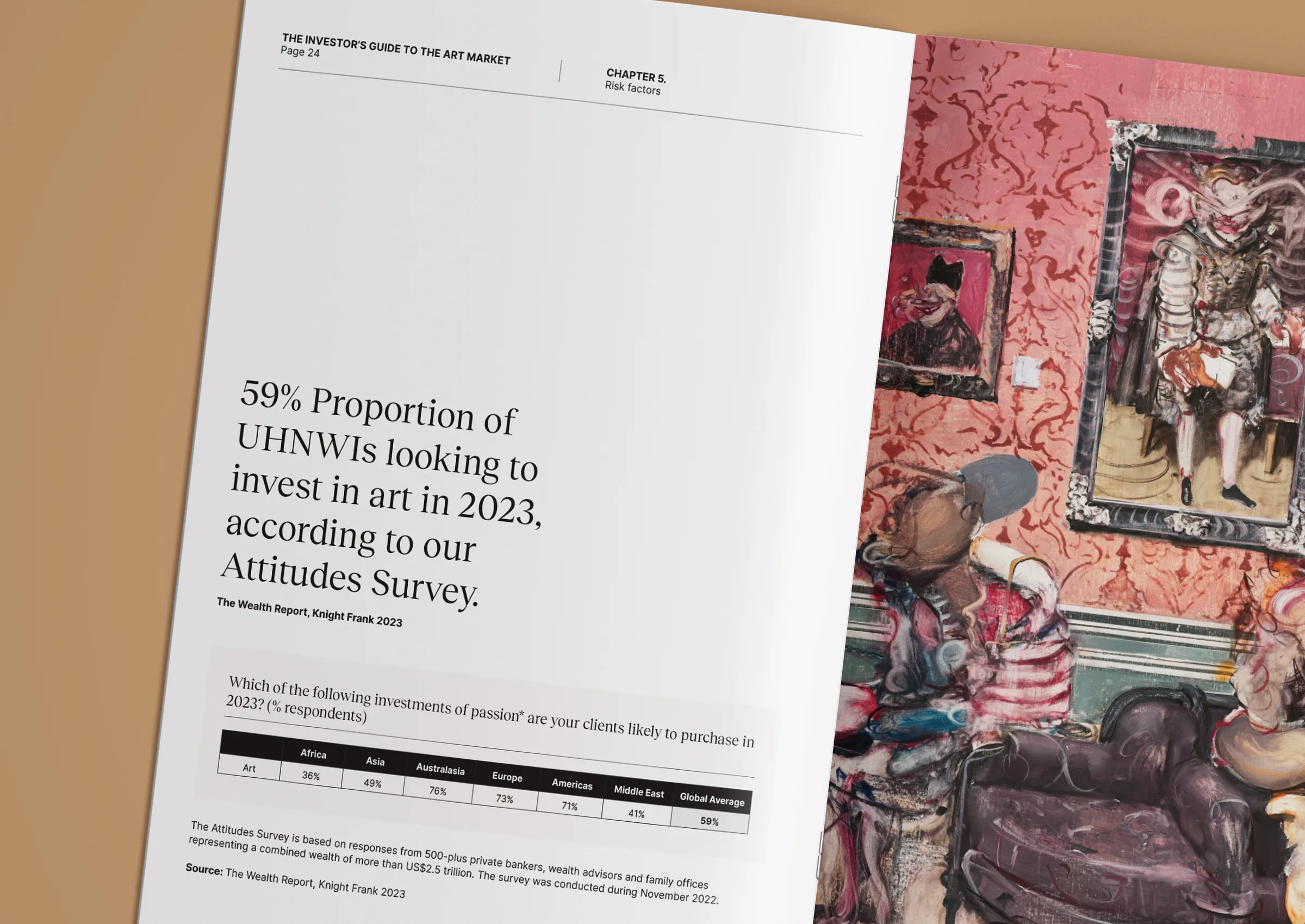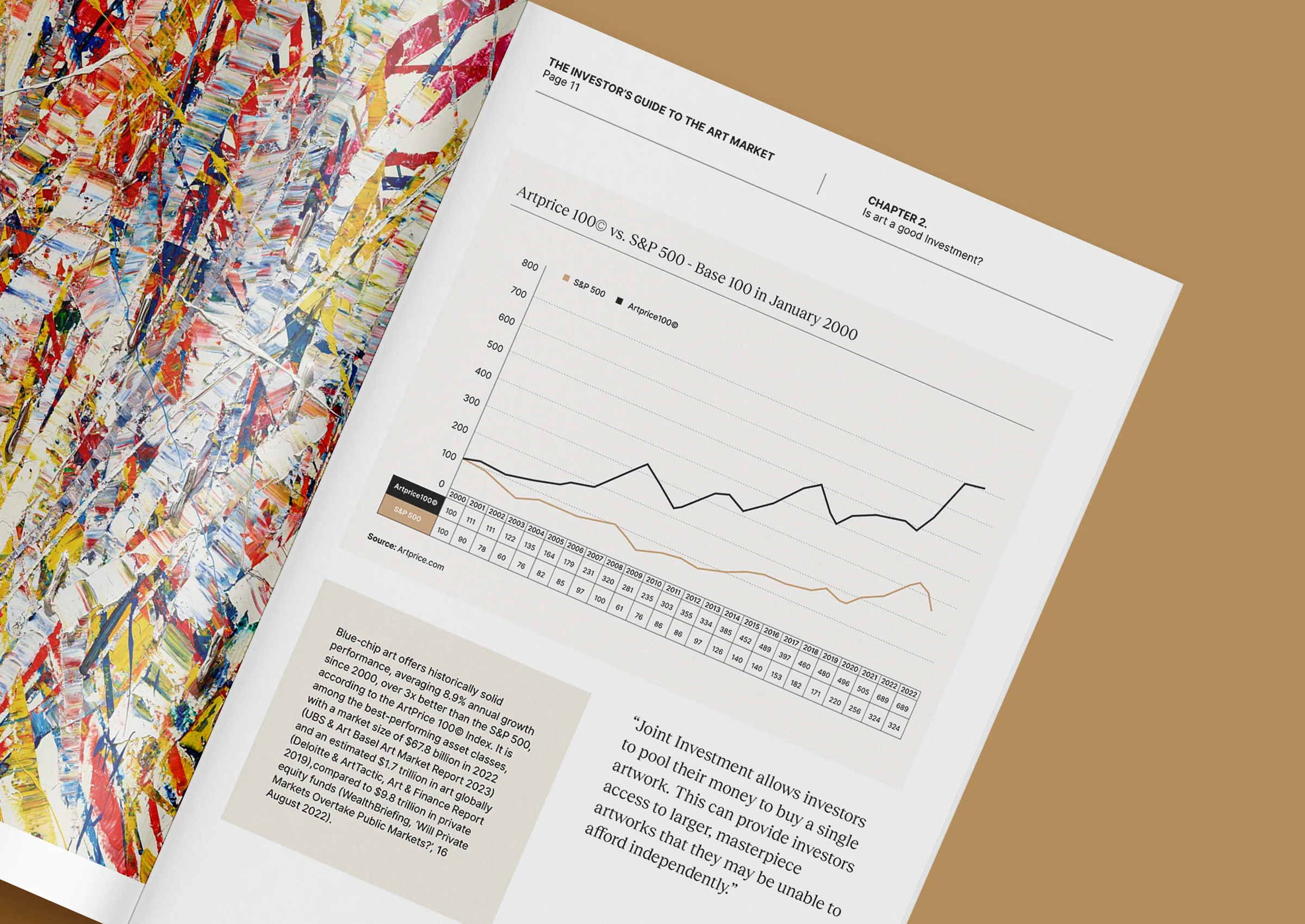What collectors need to know about restitution
Art can carry stories beyond its brushstrokes. Sometimes those stories are painful. Collectors increasingly need to understand not just the visible history of a work, but the legal and moral narratives behind it. Restitution is such a narrative. It reveals how artworks moved through time and ownership under duress, theft, or colonial dispossession. For many collectors, acknowledging these truths is essential not just for integrity but for protecting value.
At Zurani, we believe collecting is a responsibility as much as a passion. Knowing how restitution works helps collectors avoid risk, support justice, and build collections with clarity and conscience. Here is what you need to know.
Restitution is changing
In recent years, laws and public expectations have undergone significant evolution. For example, France passed a law in 2024 that enables the restitution of artworks in public collections that were looted or acquired under duress during anti-Semitic persecution between 1933 and 1945. The law allows claims even if ownership has passed through several public hands.
Meanwhile, in many jurisdictions, museums now publish provenance information more readily, while collectors are expected to perform more rigorous due diligence. Even if a work was bought in good faith decades ago, the title may not be secure if early ownership is uncertain or contested.
What this means for provenance
Provenance is no longer a luxury; it is a necessity. It is not enough to know that a gallery sold a work or that it comes with receipts. Key moments in an artwork’s history are being scrutinised: was it removed under coercion or flight? Was the seller under duress? Were export or ownership documents forged or missing?
Collectors are being asked to fill gaps in provenance records in ways that once seemed optional. At Zurani, we encourage clients to document early periods, verify exhibition and ownership history, and identify any potential legal or moral red flags before purchase.
Legal risk and moral obligation
Owning an artwork with a contested history can lead to legal risk. Restitution claims can be brought even many decades after the event. Sometimes the law enforces the return of pieces, or at least compensation. In other cases, a country’s statutes of limitations or specific legal definitions of “duress” or “coerced sale” determine whether a claim can succeed.
Beyond legal risk is moral responsibility. For many collectors, supporting transparency and restitution aligns with values of justice and commemoration. It adds more profound meaning to collecting. As public awareness grows, so does the expectation that collectors are responsible stewards, not just owners.
Questions collectors should ask before acquisition
When considering a work, these are the practical questions that help protect both value and legacy:
- What is the work’s full ownership history?
- Are there any gaps, especially in early decades or wartime periods?
- Were export permits, sales receipts, and certificates of authenticity preserved?
- Have any restitution claims been made or considered?
- What jurisdiction covers the work, and are there laws that might require future restitution?
Asking these questions before purchase avoids regrettable surprises later.
Restitution and reputation
Reputation as a collector increasingly depends on how openly one handles provenance and restitution. A well-documented collection not only carries less risk, but it also tends to gain trust. Trust in museums, in dealers, in future buyers. That trust has value, cultural and sometimes economic.
When collectors proactively address restitution issues, they participate in a broader process of cultural repair. Their collections are not simply accumulations of beautiful objects. They become vessels of memory, reconciliation, and transparency.
If you wish to acquire artworks with complete confidence in title, provenance, and moral clarity, our team at Zurani can assist. Reach us at +971 58 593 5523 or email contact@zurani.com to discuss further.
Sources
